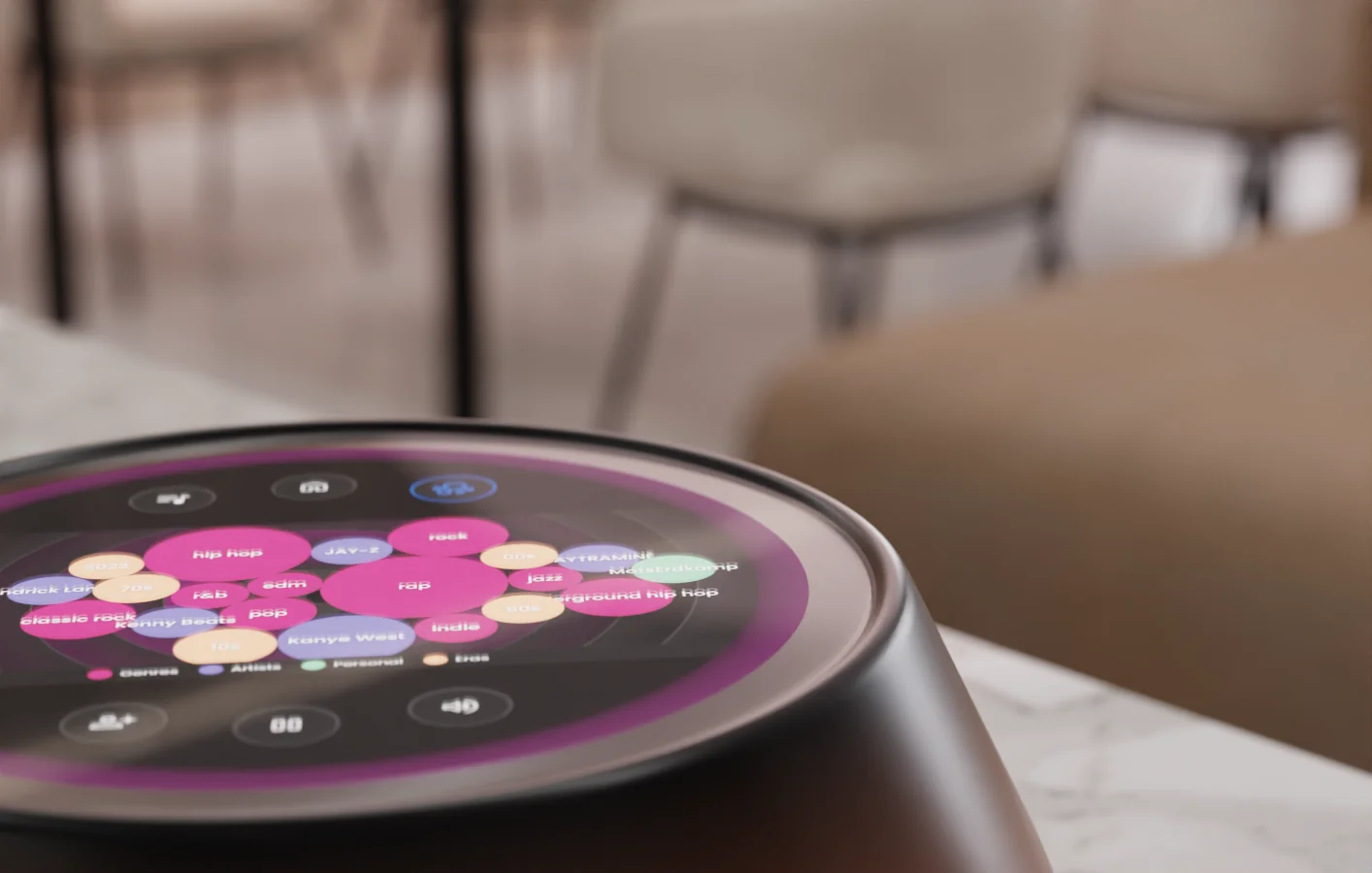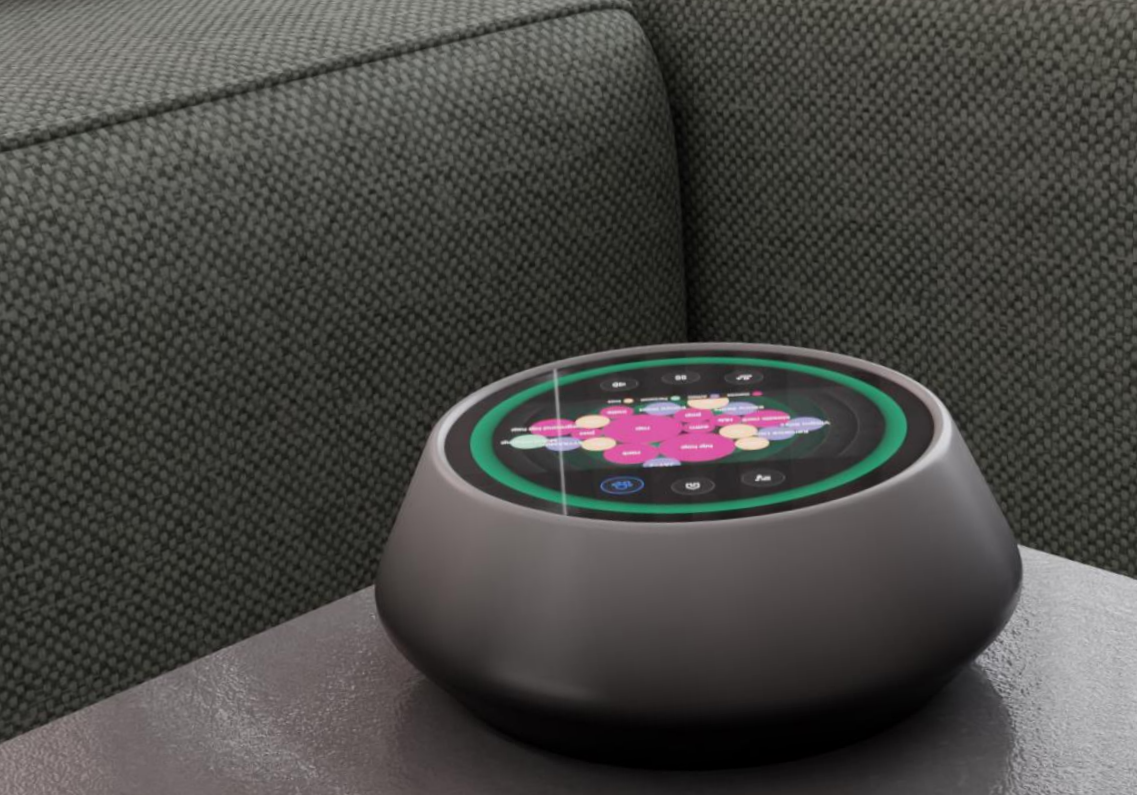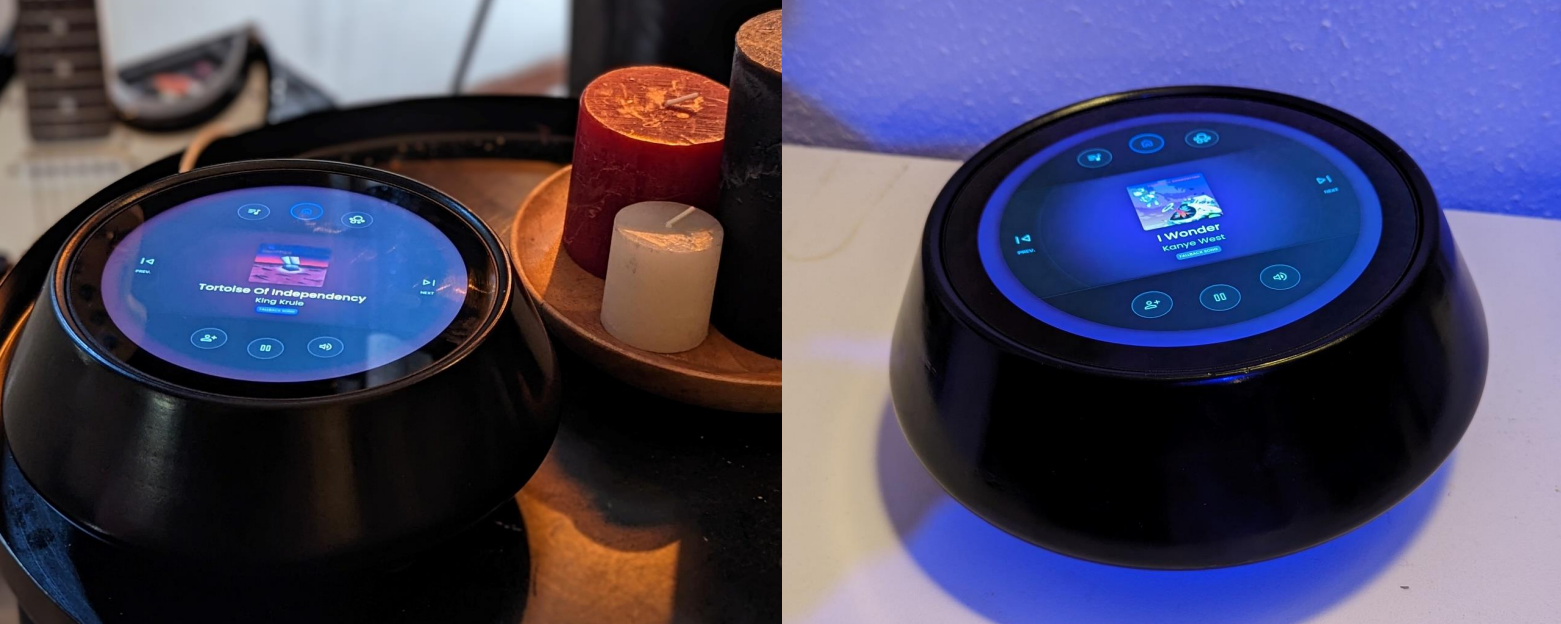Dynamix
Synopsis
Music listening is an inherently social activity. However, existing interfaces lack the capacity to effectively support collective decision-making when it comes to curating music for group settings. The Dynamix prototype aims to address this gap by developing a music control interface that is optimally designed for intimate social gatherings. Additionally, music streaming platforms’ recommendation engines have gotten quite potent over the years, but they are still context independent. In other words, they do not take the current social situation into account. This is a problem since the music users want to listen to is very much dependent on the social context.
Dynamix aims to solve both of these problems by the introduction of ‘vibe stations’. These vibe stations provide a fallback once the songs that are manually added to the queue run out. Crucially, the vibe stations are algorithmically created by the songs that have recently been played, and the ones coming up shortly in the queue. This creates an interface that is adaptive to the current musical vibe. Combined with some other socially oriented features, Dynamix aims to resocialize and streamline shared music control.
Reflection
With Dynamix, I set out to apply the various things I learned in projects such as AUD_I/O, Social Translucence within […], and Soft-skipping. I am incredibly proud of the result, many people lauded it as one of the most impressive things they had seen at demo day.
But, the project was not without flaws. Especially communicating the activities performed to assessors could have been better. The scientific writing was severely lacking. It has shown me to give more attention to communicating your ideas to others, something which I’m not always great at.
Ultimately, I would love to further pursue this concept someday.
 Render of Dynamix showing the vibe stations menu
Render of Dynamix showing the vibe stations menu Close-up of the vibe stations menu
Close-up of the vibe stations menu
 The physical protoype showing the Home menu.
The physical protoype showing the Home menu.